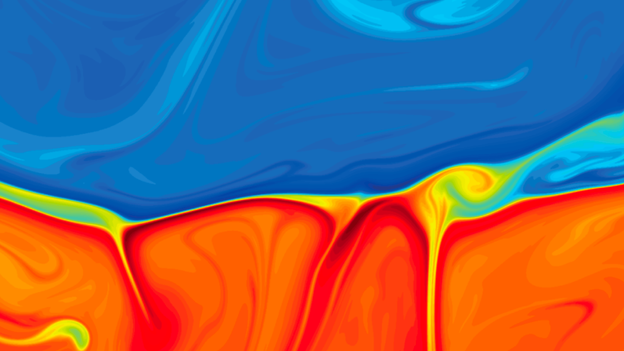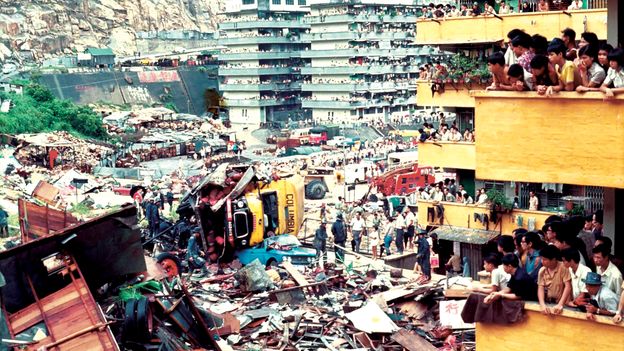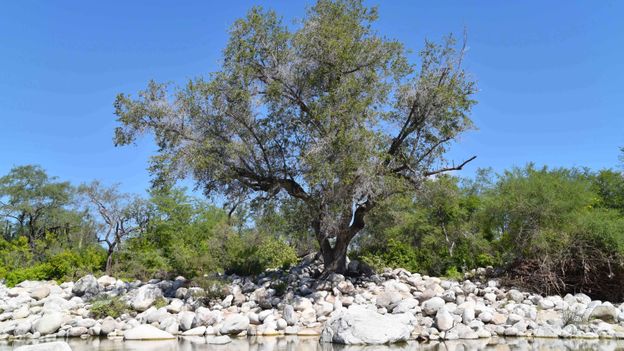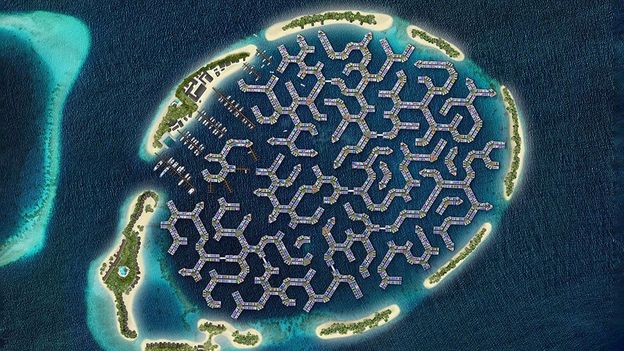This isn’t just a theoretical concern. Scientists have found what may be evidence of at least one previous limnic eruption at Kivu that likely occurred between 3,500 and 5,000 years ago, and possibly several more recent ones. Sediment cores taken from the bottom of the lake have revealed features known as brown layers that are unlike the surrounding sediments. These sediment bands are “very unusual, organic-rich layers”, Katsev says, that may be the result of eruptions.
Limnic eruptions can occur for two reasons. If the water becomes completely saturated with dissolved gases, any additional CO2 or methane injected into the lake will be forced to bubble out of solution, rise and be released into the air. Eruptions can also be caused when something forces the deep water with its dissolved gases to mix with the layers above, reducing the pressure on the gases and allowing them to quickly come out of solution and escape, similar to the effect of shaking a can of soda and then opening it.
While a landslide of the scale suspected in the Nyos eruption might not cause enough mixing at Kivu, due to the lake’s size and depth, there are several other possible triggers. Kivu is in a seismically active area, so an earthquake could generate waves in the lake that would mix the layers enough to release the trapped gases. Climate is also a potential culprit.
At least one past eruption discovered in the sediment record appears to have been caused by drought that evaporated enough water from the top of the lake to reduce the pressure at the lower levels and release the dissolved gases. Lowered water levels during dry periods could also leave Kivu more vulnerable to disruption from particularly heavy rain. They could flush enough built-up sediment from the many streams feeding into the lake to cause the layers to mix, MacIntyre says.
The chances of such a sequence of events may go up as the planet warms, MacIntyre says. Climate change is expected to bring more rain to East Africa, and “it’s going to come in the form of more extreme rain events with bigger intervals of drought in between”.












